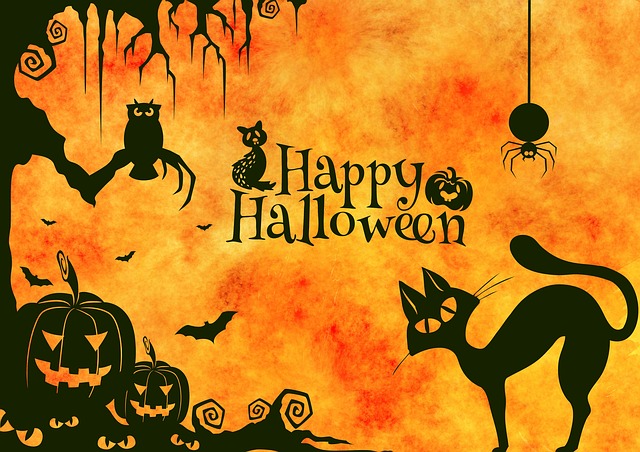
Hi everyone, before we launch into today’s topic, please do me a huge favor and fill out this Fundraising Perception Survey. It’ll take you about ten minutes. The survey is designed by a group of fundraisers, including me, to gauge how folks are feeling about the way we do fundraising in the sector. The survey is by no means perfect; it is simply a temperature check on how the sector is perceiving fundraising in general. You do not need to be a fundraising professional, or live in the US, to fill it out. The survey will remain open the rest of this month, then will be analyzed and the findings reported this summer. Please help spread the word. Thank you.
***
I always joke that the nonprofit sector is a lot like Game of Thrones, but with less frontal nudity. Nonprofits also have power struggles, scheming, manipulations, and an urgent need to unite everyone around the common threat of zombies. But what if it were the opposite, what if Game of Thrones were more like nonprofits? Here are some possible scenarios, in no particular order (and sorry, not all major characters are included). Caution: MILD SPOILERS AHEAD. Join in the fun on Twitter using #GameOfNonprofit
Continue reading “If Game of Thrones were set in the nonprofit sector”



